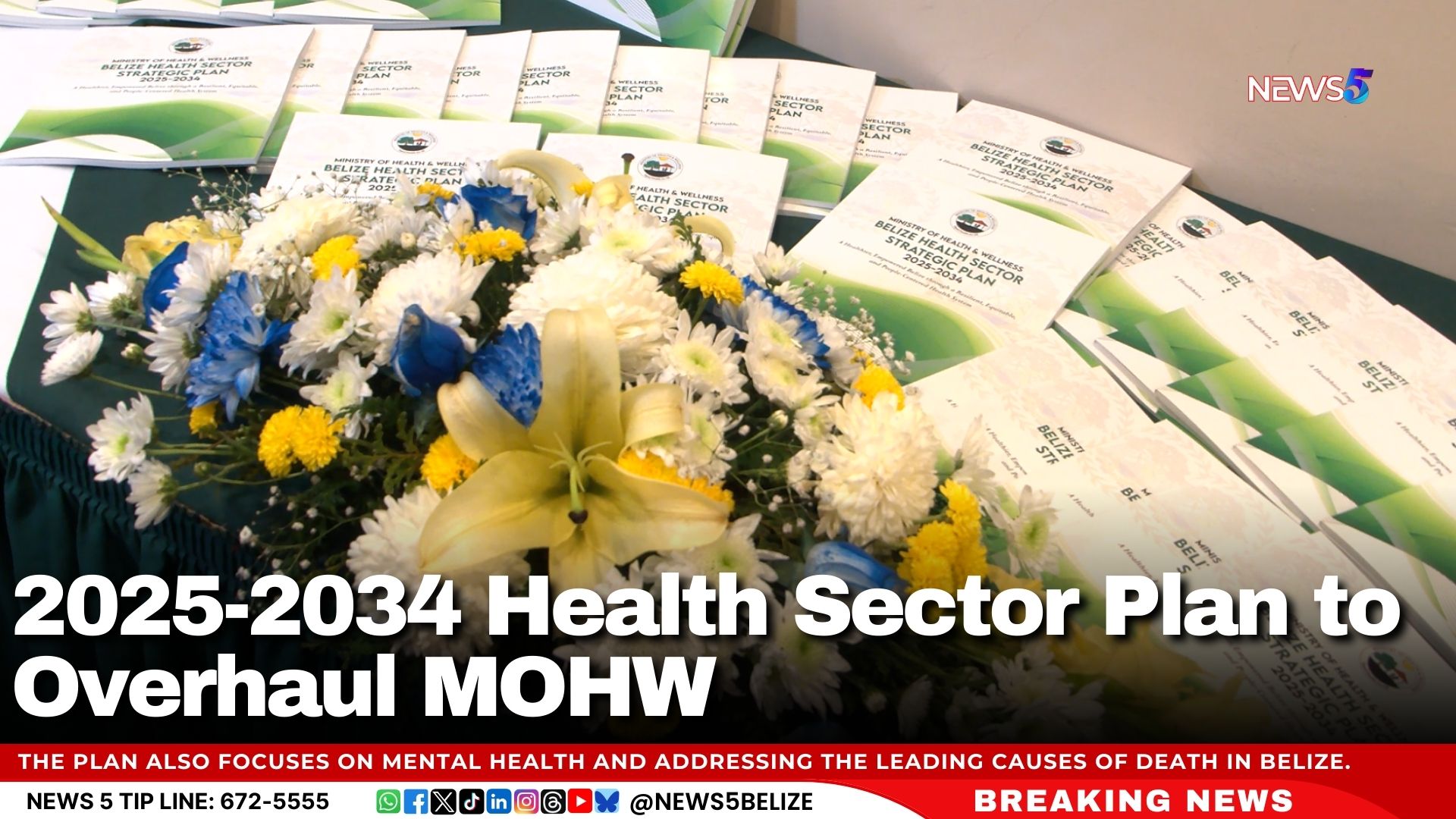By Dr QU Dongyu, Director-General of the Food and Agriculture Organization of the United Nations (FAO)
Our forests play a vital role in feeding the world. From wild foods to fresh water, from shelter to energy, forests sustain billions of people and biodiversity.
Yet we continue to lose them at an alarming rate through deforestation and land degradation. Between 2015 and 2020, more than 10 million hectares of forest were lost each year—an area roughly the size of the Republic of Korea. Meanwhile, intensifying wildfires and pest outbreaks are further threatening these valuable ecosystems.
Studies have shown that a major underlying driver of deforestation is the need to meet the demands of a growing global population. As we mark International Day of Forests with the theme ‘Forests and Foods’, we must urgently address the question of how we can ensure food security for all, while protecting the forests that are so fundamental to our agrifood systems.
The answer lies in embracing solutions that combine both agriculture and forests.
We can make landscapes more productive through sustainable intensification, integrated production systems and circular economies. By building on both innovation and traditional knowledge, we can limit the expansion of arable land, while producing the foods we need.
FAO’s Action Against Desertification programme has been working in Africa’s Sahel region to ensure that the traditional knowledge and interests of rural communities are at the heart of efforts to restore degraded lands. This has encouraged the selection and planting of many wild food species rich in micronutrients. As a result, not only have regreening and growth rates of plants improved, but food insecurity has also declined.
In Colombia, where Indigenous Peoples and local communities manage 53 percent of land and forests, a new community forest management model is being deployed to help halt deforestation and improve coordination between agriculture and forestry. By establishing nurseries, agroforestry systems and restoration actions, and promoting financial incentives and the use of timber and non-timber forest products, the new model has revitalized community forest enterprises and increased market access, improving the quality of life for many people in rural areas.
In Vanuatu, an innovative project is improving harvests in traditional water gardens by incorporating new technologies, practices and plant varieties for sustainable water and forest management in an area where the deterioration of forests had reduced water capacity. This has helped curb water waste and increase overall water availability, contributing to recharging water sources for taro, an important staple crop for local diets and food security for the country.
In Tunisia, a project jointly implemented by FAO together with partners has focused on reseeding degraded land with a native legume that livestock can graze on, while regenerating local shrubs and trees such as saltbush, carob, medic tree and cactus pear, which support livelihoods, while providing shade for crops and additional fodder. As a result, the cost of feeding livestock on the restored site has halved.
These examples show how forests, bushes and grasslands integration with new crops can enhance food production.
Forests provide habitat for pollinators and are home to most of the world’s terrestrial biodiversity, necessary both to increasing food production and improving sustainability.
Forests nourish soils, regulate temperature and offer sustenance and shade for livestock. They can act as natural barriers against wind for crops and deliver fresh water to more than 85 percent of the world’s major cities.
Forests are nature’s groceries, providing a direct source of vegetables, fruits, seeds, roots, tubers, mushrooms, honey, natural herbs and protein-rich wild meat for rural communities and functional foods in the urban areas. This is even more so during times of crisis, when forests serve as an emergency food security net.
Agroforestry—incorporating trees into farming—can improve ecosystem, increase crop resilience, restore degraded land and enhance food production and food diversity, as well as increasing farmer incomes.
Silvopastoral systems, which combine tree cultivation and restoration with livestock grazing and fodder cropping, are also important.
At the same time, more efforts must be made to restore more than two billion hectares of land estimated to be degraded worldwide. The good news is that some 1.5 billion hectares of degraded land are suitable for mosaic restoration, that is combining forests and trees with agriculture.
A further 1 billion hectares of croplands on previous forestlands would benefit from strategic additions of trees and bushes to enrich both agricultural productivity and ecosystem services.
The path forward requires policy changes that reflect the interdependence of agriculture and forests. While many countries have begun integrating agroforestry into their national land use plans, we need a broader commitment to policies that view forests as essential to food security and food diversity.
This extends to private sector commitments to zero deforestation in agricultural value chains and ensuring that those commitments translate to measurable actions.
Finally, educating consumers on healthier diets and healthy life from sustainable agrifood systems and reducing food loss and waste are also key.
Forests are key to the transformation of global agrifood systems to be more efficient, more inclusive, more resilient and more sustainable.
When forests themselves as a big part of agrifood systems are deemed indispensable to human well-being, then incentives to care for them will grow.
We need to stress forests as a big bridge to integrate implementation under the guidance of the Four Betters: Better Production, Better Nutrition, a Better Environment and a Better Life – leaving no one behind.
Conserving and sustainably managing and using forests is not just an environmental imperative—it’s a crucial strategy for food security and food diversity. Without this, meeting the UN’s Sustainable Development Goals(SDGs) – ending hunger and poverty and restoring ecosystems – becomes more elusive.
